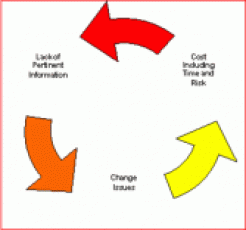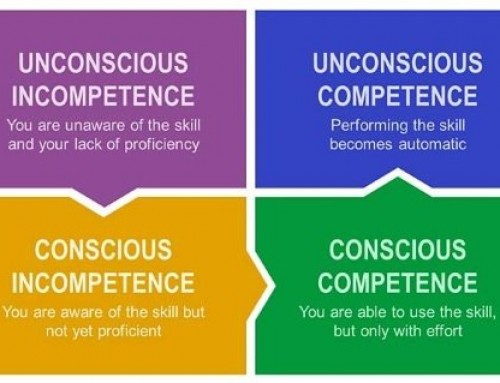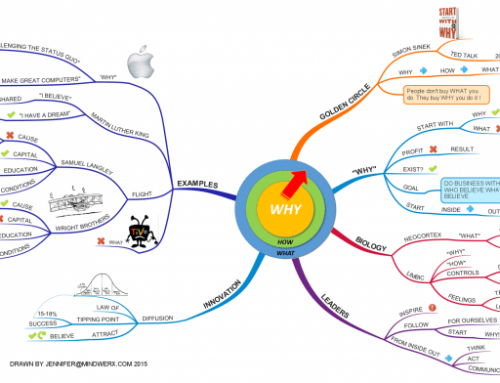 In this third blog in our series we want to look at what is being said the barriers to innovation, particularly in the Australian public sector. Examining public service innovation allows us to look at applying creativity in environments that are used to preserving the status quo in terms of culture, processes and general practice.
In this third blog in our series we want to look at what is being said the barriers to innovation, particularly in the Australian public sector. Examining public service innovation allows us to look at applying creativity in environments that are used to preserving the status quo in terms of culture, processes and general practice.
Studies show that risk aversion and failure of leadership are major barriers to public service innovation. Other aspects of culture, such as heritage and legacy, or structural factors, such as hierarchies or processes can also be barriers to innovation. Silo approaches towards action limits public service innovation when it communication and collaboration with other service branches or functions is inhibited. In addition, myopic, short-term approaches prevent aspiring public service innovators from directing resources towards innovative practices that create sustained, longer-term changes.
While in the public service risk understandably needs to be limited by obligations and accountability to the public, the individual seeking to innovate is not restricted in the same way. Unlike the public service, we, operating as individuals aren’t generally bound by strict procedures and accountability to the general public. Of course there are rules and regulations that everyone must obey in lawful societies, but it’s usually our own inertia and risk aversion that prevents us from creative thinking and innovation. And while individuals, like public service innovators, can meet with external opposition, creating supportive networks among friends and colleagues can also assist in creating change.
We can overcome our risk aversion by realising the fact that that fundamental uncertainty is integral to generating new knowledge, which in turn is an essential part of creativity and the creative process. Fostering a supportive culture in our social circles, learning to take calculated risks and rewarding oneself for successful innovation are ways in which we can overcome ingrained habits of doing thing the old way and playing it safe. We can start by making incremental changes and taking gradual steps towards change and integrating creativity into the way we do things, and realising that innovation creates benefits over the short term as well as the long term, and that these benefits may take some time to manifest themselves. Individuals can also learn from public service innovation by fostering a diverse skill set. Taking courses in creative collaboration and innovation courses, accessing learning materials, scanning broadly for connected information are just some ways to widening our skill base in order to harness innovation.
In the next two blog articles we will look at specific examples of public service innovation and how the lessons may be applied to the individual.






Leave A Comment
You must be logged in to post a comment.